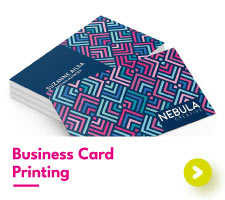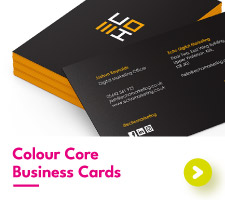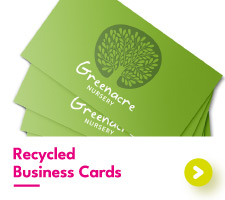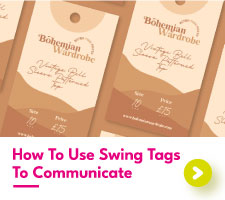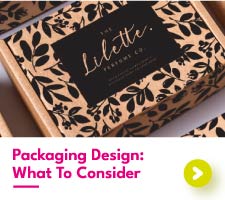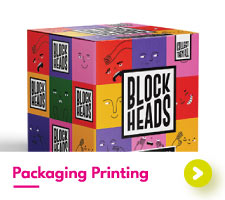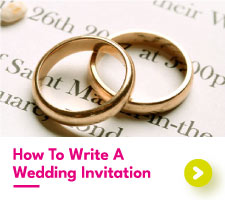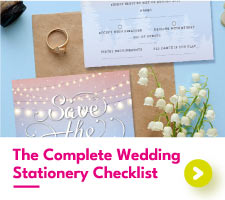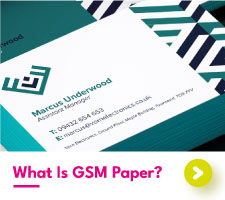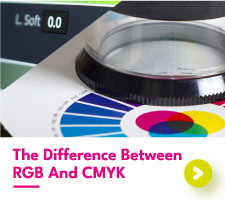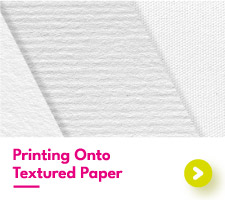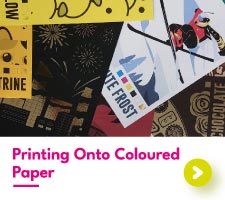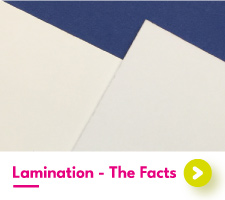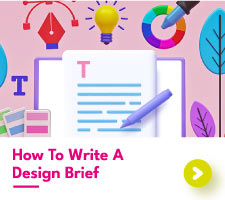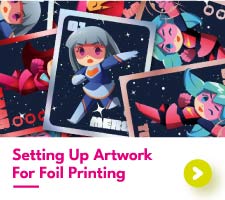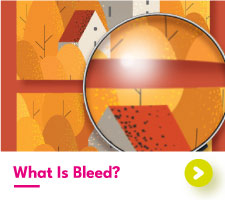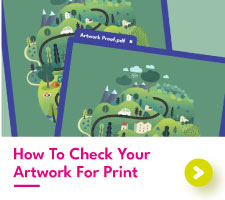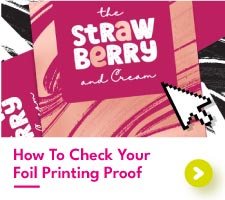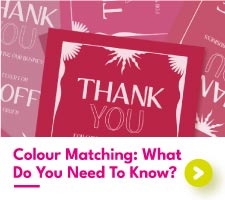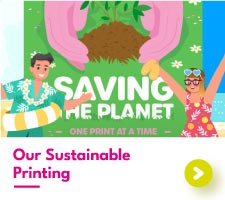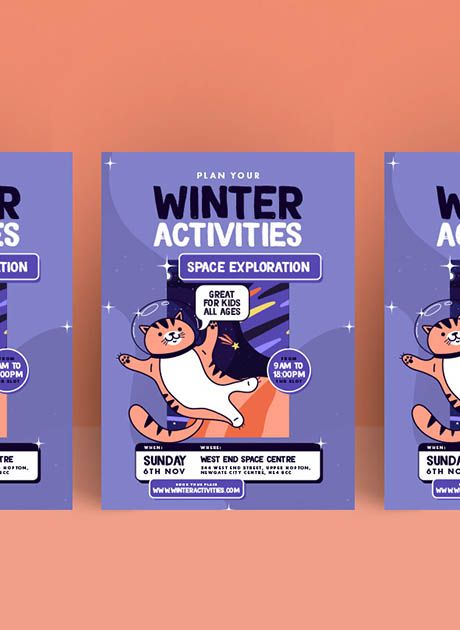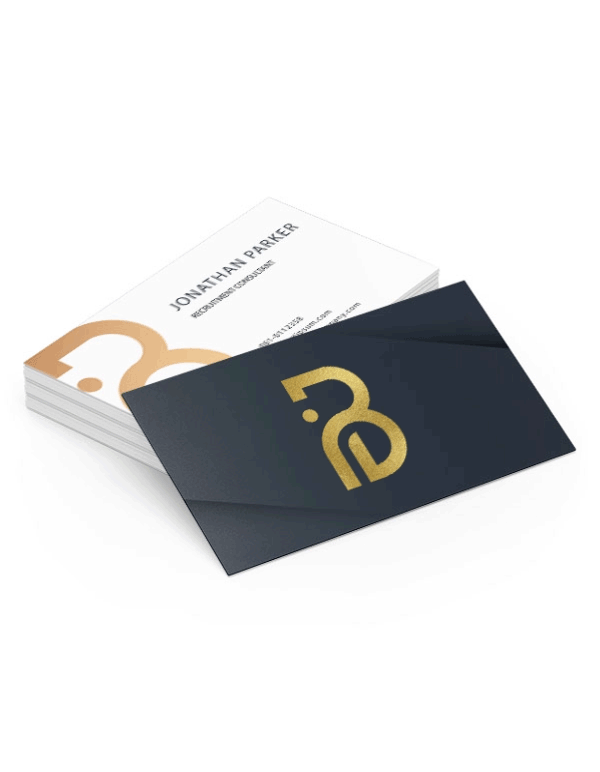How To Write A Design Brief
Understanding how to write a design brief is essential when choosing to work with a graphic designer or design agency. Your graphic designer is unlikely to know all the ins and outs of your business, which is why they need a design brief to provide a helping hand. An effective design brief will help your designer to understand your vision and provide all the necessary information needed to produce your design project.
Read on to learn our tips on writing a good design brief and how our creative team can help you with your designs.
What is a design brief?
A graphic design brief is a simple document that outlines all the necessary information required for a graphic designer to be able to create your designs. Most graphic design creative briefs will begin with the aim of the project. This can be anything, from wanting new customers for your business to wanting an effective way to show off your new product launch.
Once you understand your goals and objectives, you can then look at how this can be achieved through graphic design. For example, if you want new customers for your business, designing and printing business cards with your company information will be a good start. A graphic designer should be able to take your brief and have a complete understanding of the designs they are required to create.


What to include in a design brief?
The purpose of a design brief is to be the link between you and your graphic designer. Think about what you need/want your graphic designer to know before they start your design project. Making sure to include all the relevant information will help your graphic designer and reduce the number of revisions your artwork may require.
The main details to include in your design brief are:
What is your design intended for?


Your graphic designer will need to know what your designs are intended for before they begin the creative process. Business cards, for example, are typically quite small which means that designs will need to be worked around a limited space. Flyers, on the other hand, tend to be larger, providing more space that can be used for designs.
Already Have An Existing Brand?


Sending your graphic designer your brand guideline will ensure that any designs created are on brand and link to your company.
Let your graphic designer know what colours, fonts, and layouts you would like to be used and anything that needs to be avoided.
Does your company have a logo?


Make sure to send that logo over at a high resolution for print, we recommend 300dpi.
Who are you and what's the nature of your work?


Providing your designer with a background to your company will help them to create designs that fit within your current marketing image.
What does your company provide, who is your target audience and how is your company different from your competitors?
Which design styles do you like/dislike?


Knowing what to lean into and what to avoid visually, will help your designer to create designs that you will be happy with.
Design Brief Template
When it comes to writing your own graphic design creative brief, why not use this template as a starting point? Remember, your design brief is personal to you and may extend past this design brief template.
Name:
Email Address / Phone Number:
The design required:
The product required e.g. business cards:
Brand guidelines:
Which design styles do you like/dislike:
Constraints:
Design brief examples
Let’s have a look at some graphic design brief examples to provide some inspiration for your graphic design creative brief.
Design Brief Example One:


My name is Paul Woods and I run the self-titled handyman service Paul Woods Handyman. I’m looking for some new business cards to help bring in new customers to my business.
I need these cards to have my logo and “handyman available – no job too big or too small” on the front and my phone number on the back.
I’d like for these cards to be black with white text. I’ve attached the logo I want to be used, I’d like it if the text was in a similar font to match.
This design brief is a perfect example of being direct and straight to the point. We clearly understand who Paul is and what he is needing from our design team. Paul has also provided his logo, which your designer is sure to appreciate.
Design Brief Example Two:


Hello Aura Print, my name is Maire Hewitts and I’m getting married summer next year! We are so excited to begin planning our big day and need some assistance from you with our designs. What we need are some personalised wedding invites that we can send out to our guests.
The theme for our wedding is blue and silver so we would like for those colours to be incorporated into the design. I really like modern style wedding invites, with an elegant script font for the names. I don’t want these designs to be too formal.
The writing needs to say “You are invited to the wedding of Marie and Daniel Jackson. August 9th at 2pm. Our special day begins with a traditional wedding service and continues to the reception at Glade House Hall. We would absolutely love to see you there. Please RSVP to Marie – 09885 545 524.”
Example Two is open to interpretation and creative freedom within the design process. Marie has provided some direction for how she would like her invites to appear but has left most of the design to the imagination. Be aware that an open brief allows your designer to take the design in the direction they choose. If you have something specific in mind you should always let your designer know before they create the first draft.
Creating your designs with Aura Print
Our in-house creative team are here to collaborate with you to create some truly great designs for your business. Whether you are looking for promotional flyers or new business cards, we are here to offer that helping hand. Get in touch with our design team today to see how we can bring your creative ideas to life.

 USA
USA FR
FR
